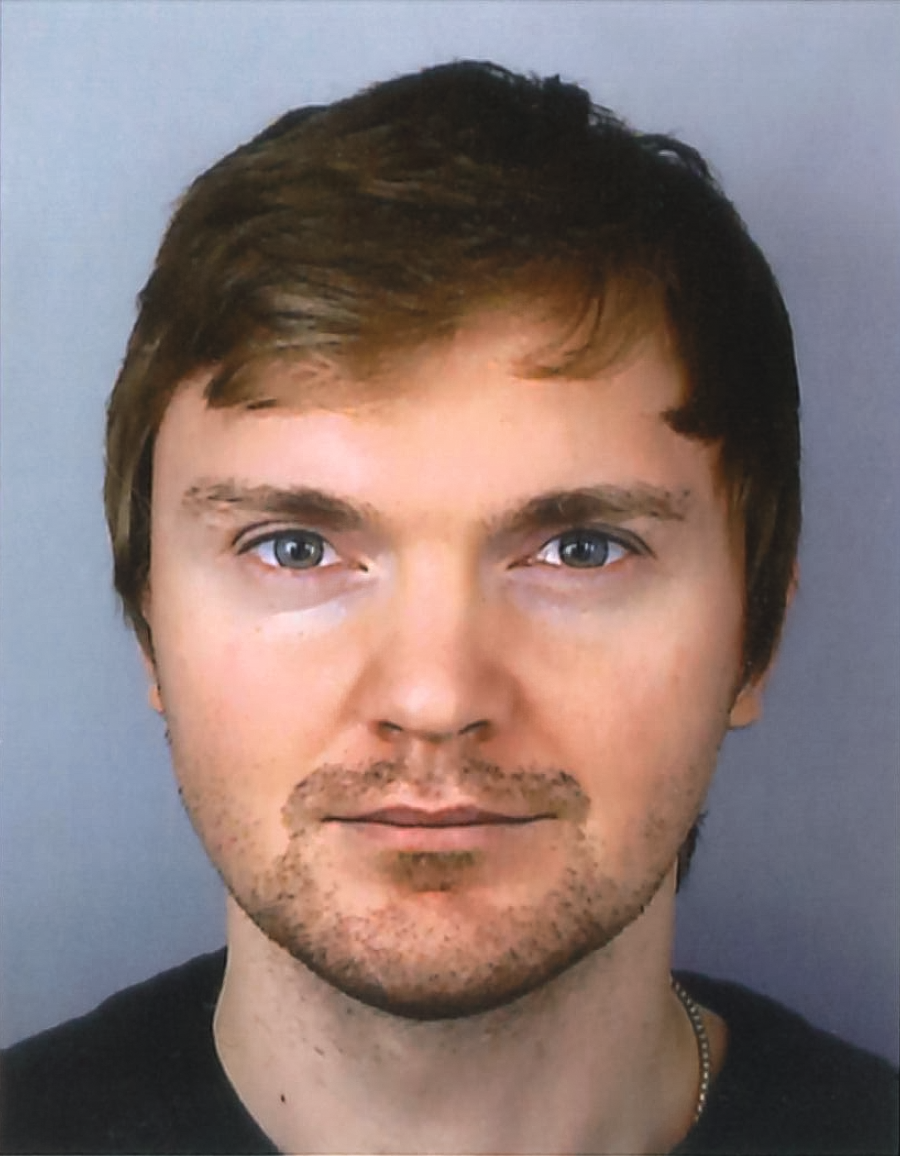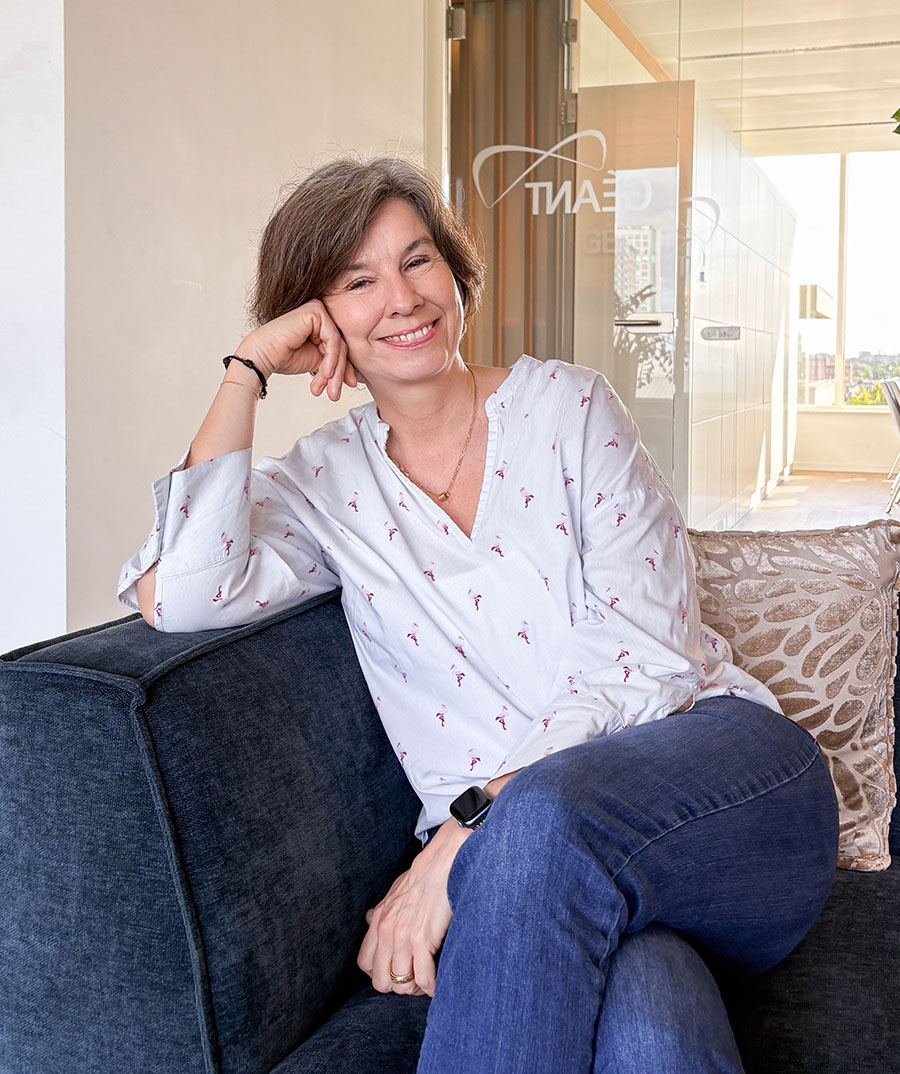Parallel session: Future Computing
EBRAINS computing services will empower users to scale their science on Europe’s most powerful computers: the distributed EuroHPC JU environment. However, HPC architectures face increasing challenges related to immense energy consumption and climate impact. As artificial intelligence (AI) and big data applications scale, relying solely on conventional methods is unsustainable. The panel will discuss the future of computing and how to progress towards a hybrid, collaborative ecosystem of complementary technologies moving beyond traditional von Neumann systems: Integrating quantum computing resources and opening the door to neuromorphic systems – hardware inspired by the brain.

Who You’ll Be Hearing From
This session brings together expert voices from across the EBRAINS community and beyond. Discover the people sharing their insights, research, and perspectives on the topic.


As Senior Technical Sales Manager at SpiNNcloud, Thilo Werner leads customer engagement and strategy, translating complex technical capabilities into scalable market solutions. He specializes in bridging the gap between deep-tech innovation and commercial application. Prior to SpiNNcloud, Thilo Werner held key technical leadership roles at Infineon and FMC, where he pioneered work on emerging memory technologies (RRAM and Ferroelectric memory) for automotive and neuromorphic applications. With a PhD in Neuromorphic Engineering and a background in semiconductor physics, he brings a unique "atom-to-system" perspective—ensuring that next-generation AI architectures are built on a foundation of physical reliability and energy efficiency.


Johannes Schemmel has been the head of the “Electronic Visions” research group at the Kirchhoff-Institute für Physik since 2000 and of the ASIC Laboratory at Heidelberg University since 2008. He currently holds the chair in “Neuromorphic Computing Architectures” at the Institute of Computer Engineering (ziti) at Heidelberg University. His research focuses on highly parallel mixed-signal circuits for information processing, specifically the analog implementation of biologically inspired neural networks. His research group pioneered the wafer-scale implementation of analog neuromorphic processors and currently operates the Heidelberg neuromorphic BrainScaleS system as part of the European EBRAINS research infrastructure.


Having worked in several fields that are marked by emergent phenomena arising from complex interactions, from high-multiplicity particle collisions to ultracold glasses and, ultimately, biological and artificial neuronal systems, it is this science of complexity that continues to intrigue and inspire me. Following my Diploma studies and PhD at the University of Heidelberg, I moved to the University of Bern, where I am now leading the Neuro-inspired Theory, Modeling and Applications (NeuroTMA) Lab. I believe there is much to learn from brains about cognition, but taking steps beyond biology may well be warranted when building physical substrates for artificial intelligence – there are good reasons for airplanes not to flap their wings. Therefore, in our group, we combine knowledge and methods from a variety of fields - neuroscience, mathematics, physics, machine learning and microelectronics - to understand biological intelligence and extract its key features for subsequent implementation in silico.


Dr. Cezary Mazurek, Computer Scientist, his professional activity has been associated with the development of the Poznan Supercomputing and Networking Center (PCSS) since its establishment in 1993. He served as CEO of PCSS from 2019 to 2024 and at that time he successfully brought it onto the path of developing infrastructure and applications of quantum computing and AI, and is now continuing this thread with a focus on applications in Life Sciences and Personalized Medicine. For over 30 years, he has been involved in the development of Polish and European e-infrastructure for science and is currently one of the most experienced leaders in R&D projects, many of which he has successfully implemented in practice. To date, he has led development of more than 40 national and international R&D projects. His R&D work has focused on integrating various specialized software components into consistent systems for digital science with emphasis on software governance.


Estela Suarez is joint lead of the department "Novel System Architecture Design" at the Jülich Supercomputing Centre and Associate Professor for High Performance Computing at the University of Bonn. Her expertise is in HPC system architecture and codesign. As leader of the DEEP project series, she has driven the development of the Modular Supercomputing Architecture, including the implementation and validation of hardware, software and applications. In addition, she has been leading the codesign efforts within the European Processor Initiative from 2018 until 2024. Between 2024 and 2025 she took a sabbatical to fill the position of Senior Principal Solution Architect at SiPEARL. She holds a PhD in Physics from the University of Geneva (Switzerland) and a Master's degree in Astrophysics from the University Complutense of Madrid (Spain).


Cathrin Stöver has belonged to the GÉANT team since 1997, holding various positions as the organisation has grown and developed, always with a specific focus on growing the geographic reach of the GÉANT network and the deepening of the global R&E collaboration for the benefit of the global research and education community. Today, Cathrin carries the overall responsibility for the Marketing Communications and Design teams and additionally the EU Liaison Team as Chief Communications Officer. Cathrin has been a member of the EOSC Executive Board from 2019 to 2021 and of the SIAB of HBP from 2020 to 2024. She is a member of the Scientific Council of the German research data-infrastructure, NFDI.
Find your way on the map

